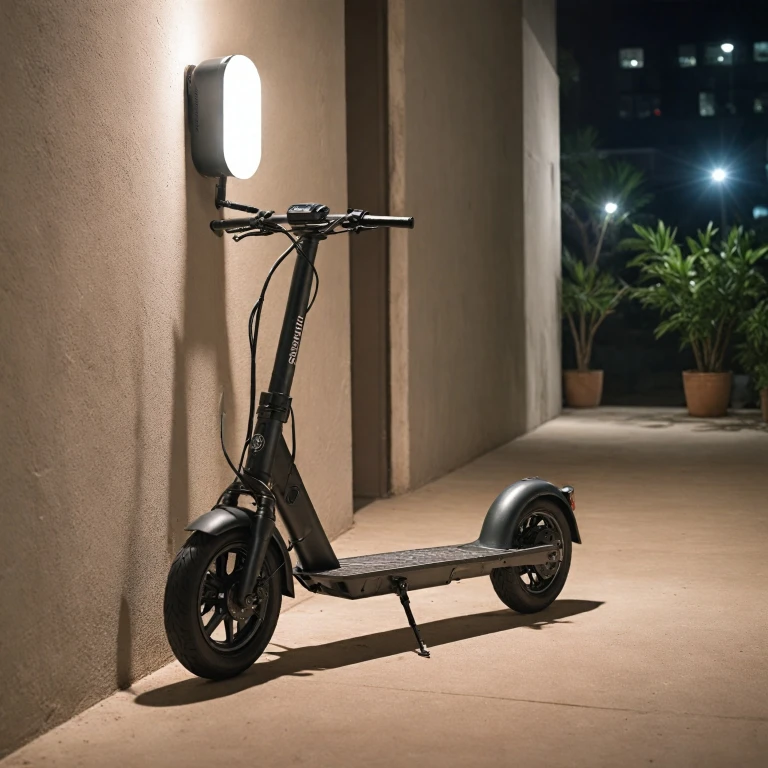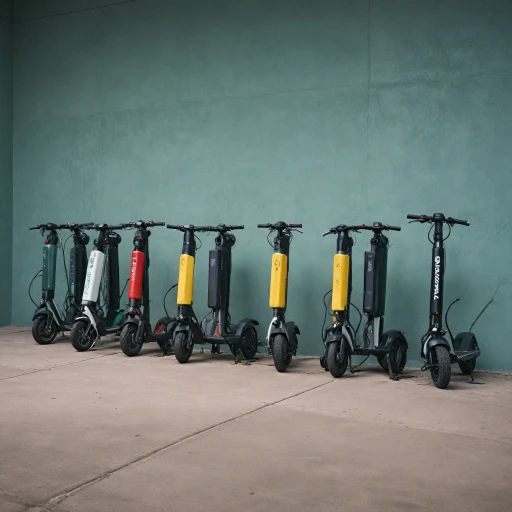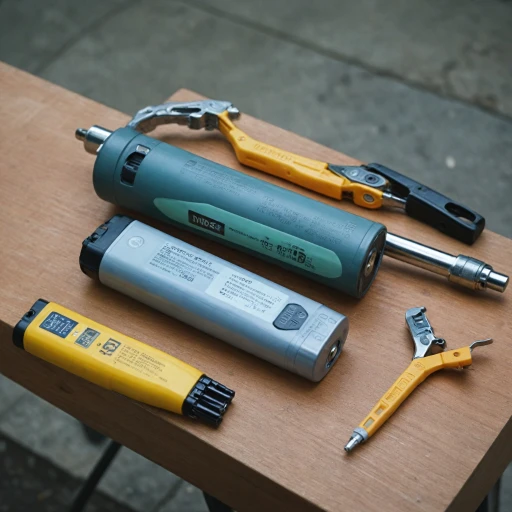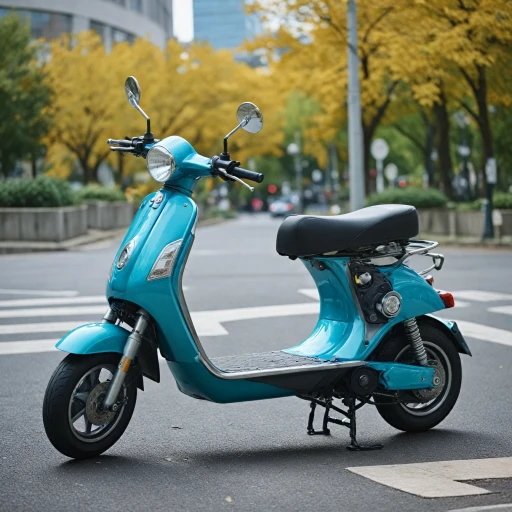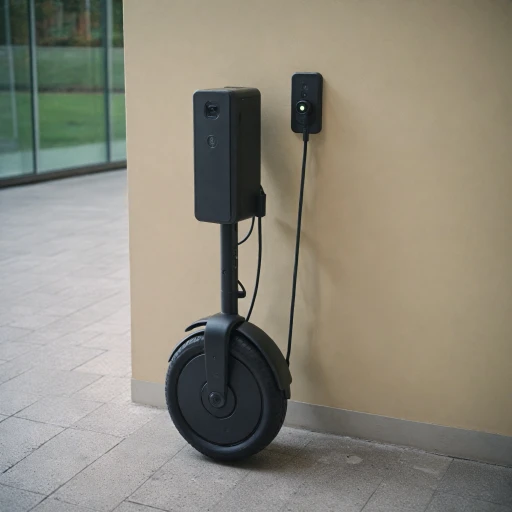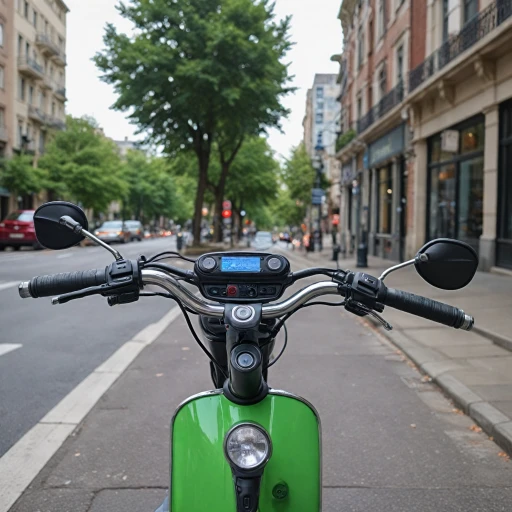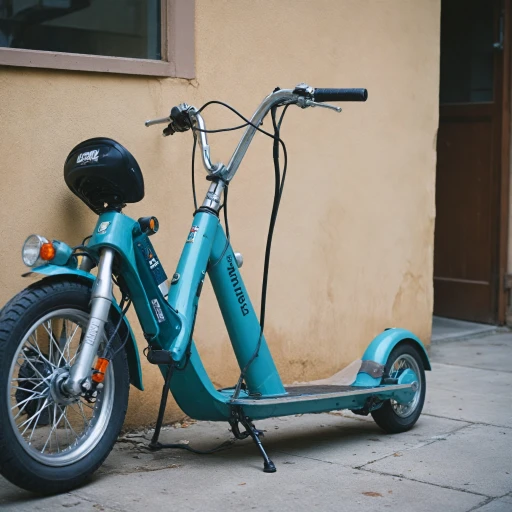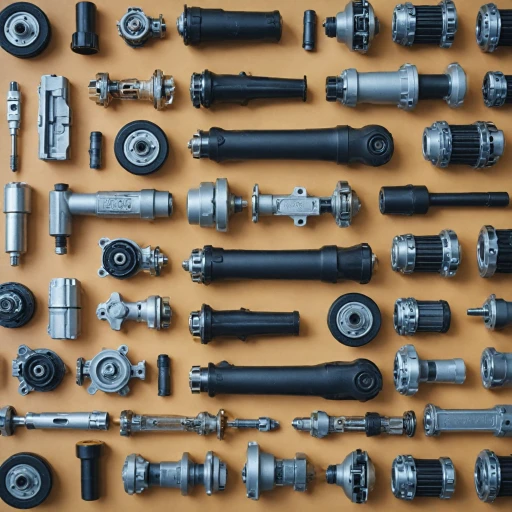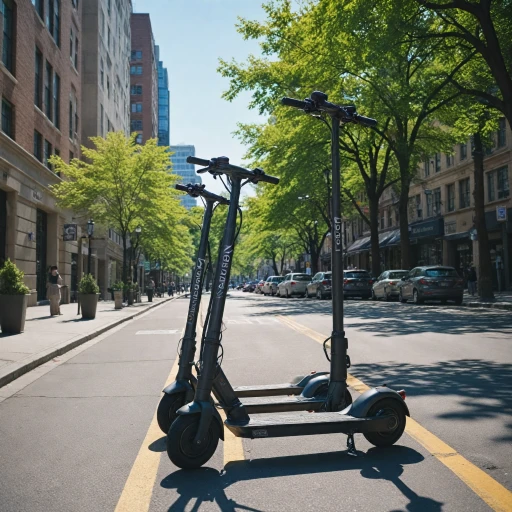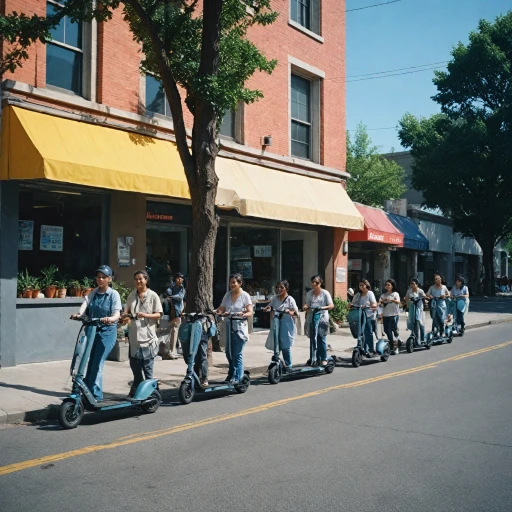
Types of E-Scooter Chargers
Understanding Different Charger Types
When it comes to electric scooter accessories, chargers are a crucial element ensuring your scooter remains functional. Chargers for scooters vary, often depending on voltage, current, and charging speed. Understanding these differences can help you make an informed choice. Bullet options include:- Standard Chargers: These are typically included with the scooter at purchase, providing a balance between cost and charging time. They offer a moderate rate to fill the battery, making them ideal for overnight charging.
- Fast Chargers: As the name suggests, these chargers reduce charge time by delivering higher power. Particularly useful if frequent quick charges are needed, albeit sometimes at a higher price.
- Portable Chargers: Convenient for on-the-go charging, these compact units allow users to charge their scooters away from home. These, however, often come at a higher sale price.
- Universal Chargers: Compatible with various models, these chargers might become a go-to solution for those with multiple electric scooters, and sometimes even mopeds. While versatile, ensure the voltage and port compatibility.
How to Choose the Right Charger
Key Factors When Selecting Your E-Scooter Charger
Choosing the right electric scooter charger is crucial for maintaining the scooter's battery life and overall performance. When considering options, there are several elements you should evaluate:- Compatibility with your scooter battery: Make sure the charger you purchase matches the scooter’s battery type. Different scooters come with varying battery technologies, and using the wrong charger can damage the battery or impair performance. Knowing the battery specifications such as voltage and capacity helps streamline your choice.
- Charging speed: Chargers vary in how quickly they can fill your scooter battery. If you're often in a rush, investing in a fast charger could be worth the extra cost. However, note that slower chargers are often less stressful on the battery and might result in longer battery life.
- Build and durability: The charger’s construction needs to withstand regular wear and tear. A robust build ensures longevity, reducing the need for frequent replacements or repairs. Look for quality components and read reviews when shopping for your charger.
- Safety features: Prioritize chargers that come with built-in safety features such as overcharge protection, short-circuit prevention, and temperature control. These features help prevent damage to both the charger and scooter, ensuring safety during the charging process.
Proper Charging Techniques
Scooter Battery Lifespan: Charge Wisely
Charging your electric scooter properly is essential to ensure the longevity of both the battery and charger, thus preserving the regular price value of the unit. Appropriate charging techniques not only extend battery life but also avoid unnecessary wear on the electric scooter parts. To maintain efficiency, consider these key points:- Regular Charging: Avoid waiting for the battery to deplete completely. Instead, charge regularly to keep the scooter battery around 20-80% capacity. This prevents deep discharges, which can reduce battery lifespan.
- Voltage Matching: Always use a charger electric specifically designated for your scooter model. Using a charger with incorrect voltage can damage the battery and affect scooter charging capacity. Understanding your scooter's specifications is crucial to a safe charging experience.
- Stable Power Supply: Connect your scooter charger to a steady power source. Fluctuations in current can lead to incomplete charging cycles or damage to the battery charger.
- Monitor Temperature: Charging generates heat. To avoid overheating, charge in a cool, dry area. Should you notice excessive heat during charging, investigate immediately to prevent potential damage.
- Avoid Overcharging: Once the battery is fully charged, disconnect the charger. Overcharging can lead to reduced efficiency and potential damage. Some advanced chargers incorporate auto shut-off features, which can also be discussed in this guide on electric scooter spare parts.
Maintenance Tips for Longevity
Essential Maintenance Tips for Your E-Scooter Charger
Proper maintenance is key to ensuring your electric scooter's charger functions optimally, thereby extending the life of both the charger and the scooter battery. Here’s how you can achieve that:- Keep the Charger Clean: Dust and debris can accumulate in the charging port and other parts, potentially disrupting the voltage flow. Regularly clean the charger using a dry cloth, avoiding the use of water near electrical components to prevent damage.
- Ensure Adequate Ventilation: Chargers can heat up during use. It's important to place your charger in a well-ventilated area to allow heat dissipation, thereby preventing overheating which can harm the battery and diminish charging efficiency.
- Protect from Water and Moisture: Exposure to water can lead to short circuits or rust within the charger. Store the charger in a dry place when not in use and avoid using it in wet conditions.
- Inspect for Wear and Tear: Regularly check the charger, including the cable and port. Look for signs of wear or damage. If any part looks worn out, it may be wise to consider purchasing spare parts or a replacement at its regular price.
- Follow the Correct Charging Procedure: Always connect the charger to the scooter before plugging it into the power outlet. This sequence helps in stabilizing the current flow and preventing potential surges that can affect the battery charger.
- Mind the Voltage and Current: As discussed in previous sections, using chargers with the correct voltage is crucial for your scooter’s health. Double-check these specifications regularly to ensure the power is as prescribed.
Troubleshooting Common Charger Issues
Troubleshooting Charging Issues
Encountering problems with your electric scooter charger can be frustrating. However, understanding a few key aspects can help resolve issues effectively. Here are some common problems and solutions:
- No Indicator Light: Ensure the charger is properly connected to the charging port and is receiving power. If the indicator light on the charger doesn't illuminate, check for damage in the cable or connector and consider trying a different power outlet.
- Slow Charging: A slow charge may be due to a low voltage output from the charger. Verify that you are using the correct charger specifically designed for your scooter's battery specifications. Incorrect voltage or current can affect charging speed or even damage the battery.
- Battery Not Charging Fully: Over time, scooter batteries lose their ability to hold a full charge. If your battery isn't reaching a full charge, despite using the right charger, it may be time to replace the battery with compatible spare parts available at reliable shops.
- Charger Overheating: Overheating might occur if the charger is placed in a poorly ventilated area during charging. Ensure the charger is in an open, ventilated space to allow proper heat dissipation and maintain safety during charging.
Taking preventive measures covered in the earlier maintenance tips section will not only enhance the longevity of the charger and battery but also reduce the frequency of encountering these issues. In some cases, the problem may be internal, necessitating professional repair services instead of doing it yourself to avoid compromising critical components.
By familiarizing yourself with these common troubleshooting techniques, you can swiftly address and rectify charging issues, ultimately ensuring the electric scooter's performance and longevity.
Environmental Impact and Sustainability
Evaluating Environmental Concerns and Sustainable Practices
In the realm of electric scooters, sustainability and environmental impact are significant topics of discussion. The charger you choose can influence your e-scooter's overall carbon footprint. Here's how:- Efficiency Matters: Opt for high-efficiency chargers, which ensure minimal wasted energy during the charging process. This can help reduce overall electrical consumption.
- Impact of Charging Techniques: The way you charge your e-scooter can also have environmental implications. Slow charging is not only better for battery longevity but also places a lower demand on the power grid, which can mitigate environmental strain. Regularly assessing charging techniques can make a significant difference to sustainability.
- Material and Disposal: The materials used in charger production and their eventual disposal also play a role in environmental impact. Shop for chargers made with recyclable materials, or ones that offer recycling programs for when the charger reaches its end of life.
